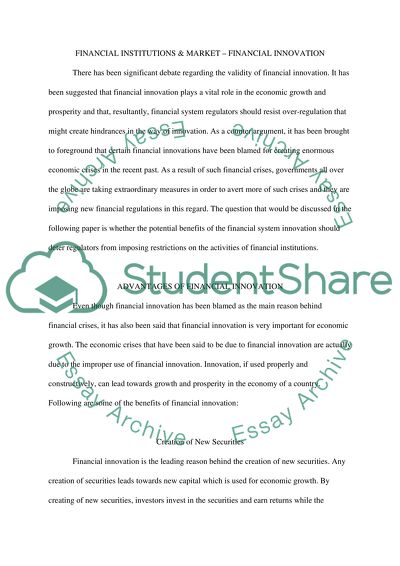Cite this document
(“Financial Institutions and Market - Financial Innovation Essay”, n.d.)
Financial Institutions and Market - Financial Innovation Essay. Retrieved from https://studentshare.org/finance-accounting/1448364-financial-institutions-market-financial-innovation
Financial Institutions and Market - Financial Innovation Essay. Retrieved from https://studentshare.org/finance-accounting/1448364-financial-institutions-market-financial-innovation
(Financial Institutions and Market - Financial Innovation Essay)
Financial Institutions and Market - Financial Innovation Essay. https://studentshare.org/finance-accounting/1448364-financial-institutions-market-financial-innovation.
Financial Institutions and Market - Financial Innovation Essay. https://studentshare.org/finance-accounting/1448364-financial-institutions-market-financial-innovation.
“Financial Institutions and Market - Financial Innovation Essay”, n.d. https://studentshare.org/finance-accounting/1448364-financial-institutions-market-financial-innovation.


